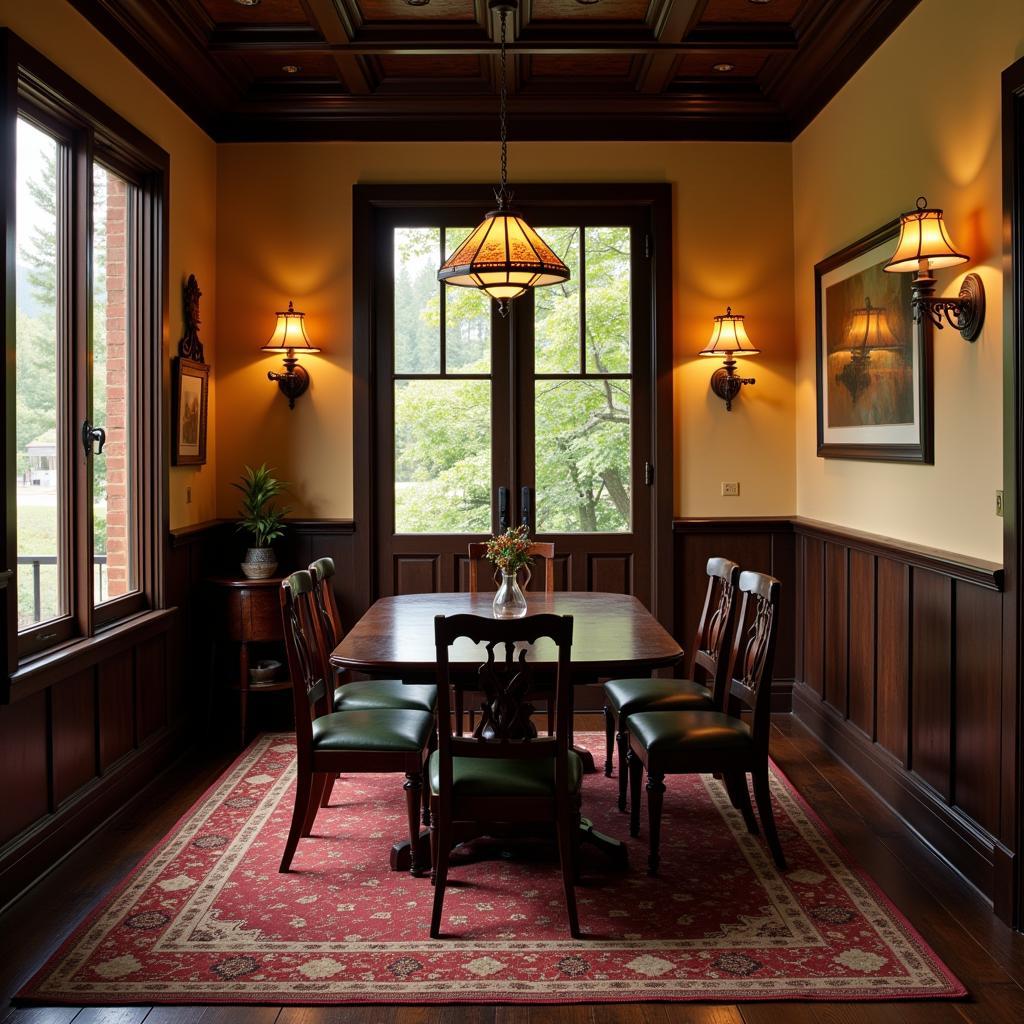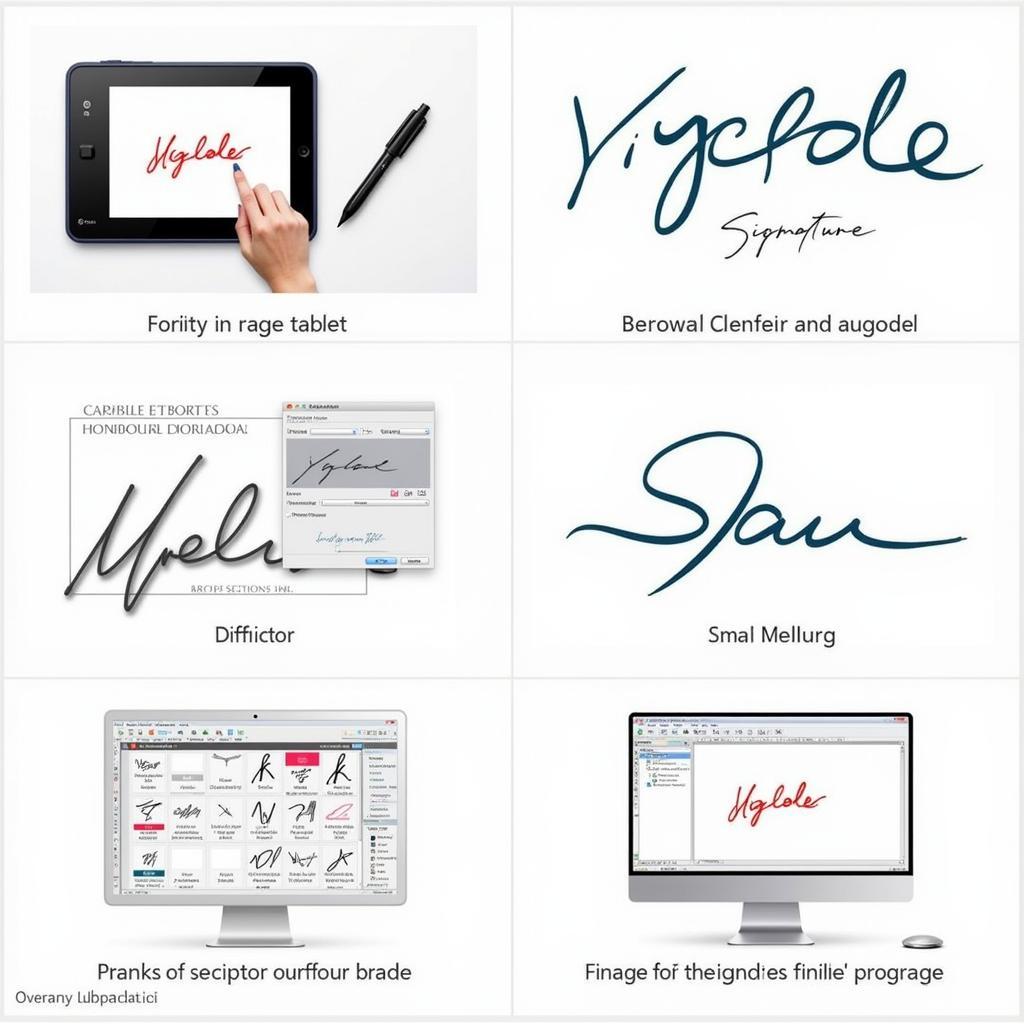The Vibrant World of Ndebele Art: A Journey into South African Cultural Expression
Ndebele art, a vibrant and captivating form of visual expression originating from the Ndebele people of South Africa, is a testament to the rich cultural heritage of the region. This unique artistic tradition is celebrated for its bold geometric patterns, striking colors, and intricate designs that adorn everything from homes and furniture to clothing and beadwork.
A Glimpse into Ndebele Art: Unpacking its Origins and Significance
Ndebele art is more than just a decorative style; it’s a profound reflection of the Ndebele people’s identity, beliefs, and social structures. The art form originated in the early 19th century, and its evolution has been deeply intertwined with the Ndebele people’s history and cultural practices.
The Art of Storytelling: A Deeper Dive into the Meaning Behind the Patterns
The intricate patterns found in Ndebele art are not merely aesthetic elements; they often carry symbolic meanings that tell stories about the Ndebele people’s history, traditions, and values. For instance, the geometric shapes like triangles, circles, and squares often represent different aspects of life, such as family, community, and spirituality. The vibrant colors, particularly the bold use of red, yellow, and black, are deeply rooted in the Ndebele people’s cultural beliefs and their connection to the land.
Exploring the Techniques and Materials of Ndebele Art
Ndebele art is primarily created using a variety of traditional materials, reflecting a deep connection to the natural world. The most common materials used include:
- Clay: Used to create traditional pottery, Ndebele women are skilled potters, creating functional and decorative pieces.
- Paint: Ndebele artists utilize a mixture of natural pigments, including ochre, charcoal, and red clay, to create vibrant hues.
- Beads: Beads are a fundamental part of Ndebele art, adorning everything from clothing to hairstyles, creating intricate and colorful patterns.
Modern Innovations and the Evolution of Ndebele Art
While traditional Ndebele art forms are still practiced today, contemporary Ndebele artists are embracing new materials and techniques, injecting modern interpretations into this ancient tradition.
“Ndebele art has always been a dynamic force,” explains renowned South African art historian Dr. Zinhle Mthembu. “The artists are constantly adapting and innovating, keeping the spirit of the tradition alive while exploring new ways of expression.”
The Impact of Ndebele Art on the Modern World
Ndebele art has gained international recognition and inspired artists across the globe. Its vibrant aesthetics and cultural significance have resonated with audiences, finding their way into contemporary art, fashion, and design.
“The bold colors and geometric patterns of Ndebele art are a timeless source of inspiration,” says renowned textile designer, Ms. Anya Kapoor. “It’s a reminder that beauty can be found in the everyday, even in the simplest forms of artistic expression.”
FAQs About Ndebele Art
Q: What is the significance of the colors used in Ndebele art?
A: The vibrant colors used in Ndebele art hold symbolic meaning, often reflecting the Ndebele people’s beliefs, traditions, and connection to the land.
Q: Are there any famous Ndebele artists?
A: Yes, there are many celebrated Ndebele artists, including Esther Mahlangu, who is known for her innovative use of modern materials and techniques.
Q: How can I learn more about Ndebele art?
A: You can find many resources online, including websites, documentaries, and books dedicated to exploring Ndebele art and culture.
Q: Are there any places where I can see Ndebele art in person?
A: You can find Ndebele art in museums and galleries around the world, as well as in the communities where the Ndebele people live.
Discovering the Enchanting World of Ndebele Art: A Journey Worth Taking
Ndebele art is a treasure trove of cultural richness, offering a glimpse into the heart and soul of the Ndebele people. From the bold geometric patterns to the vibrant colors, this unique art form continues to captivate and inspire audiences across the globe.


